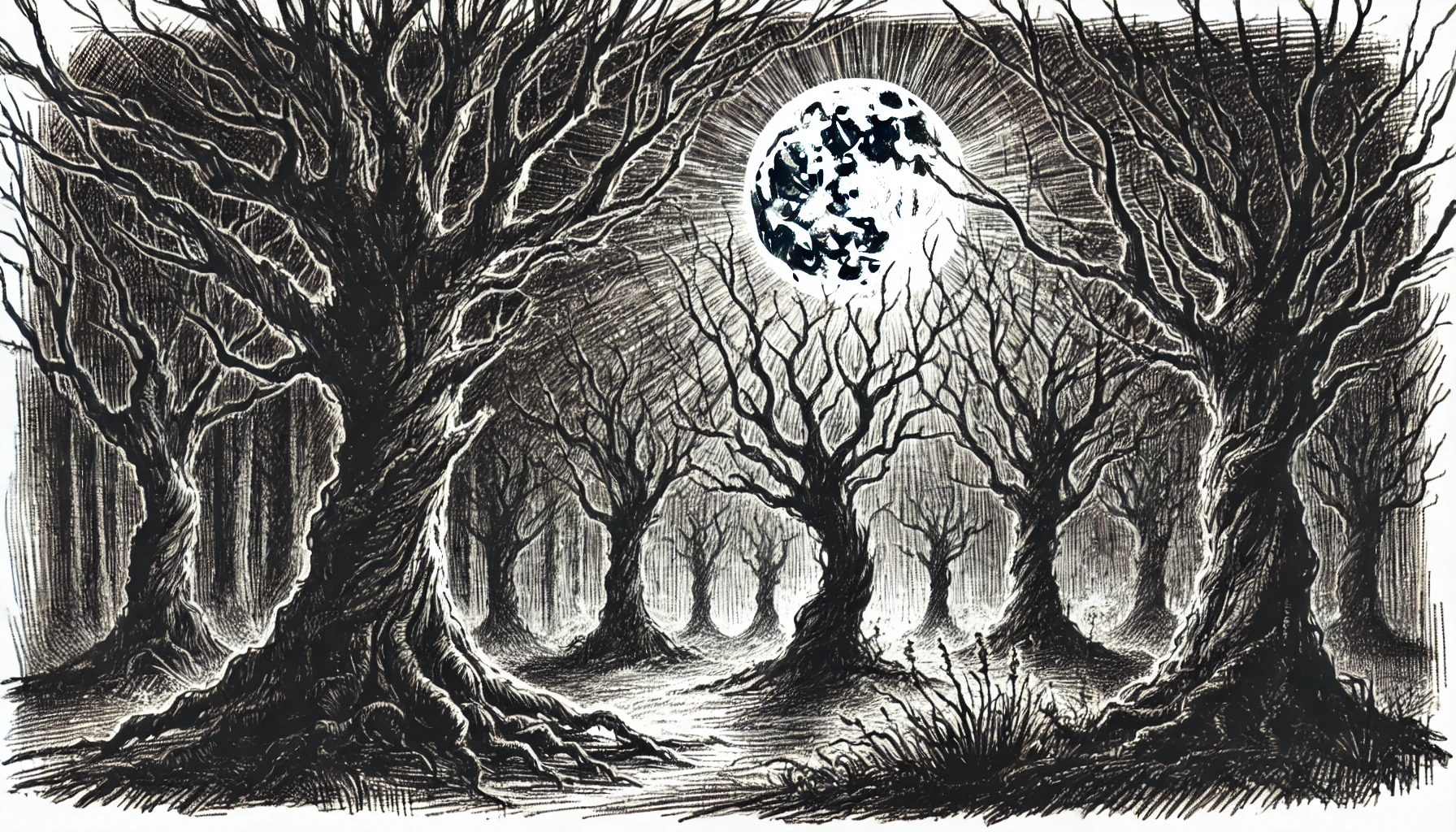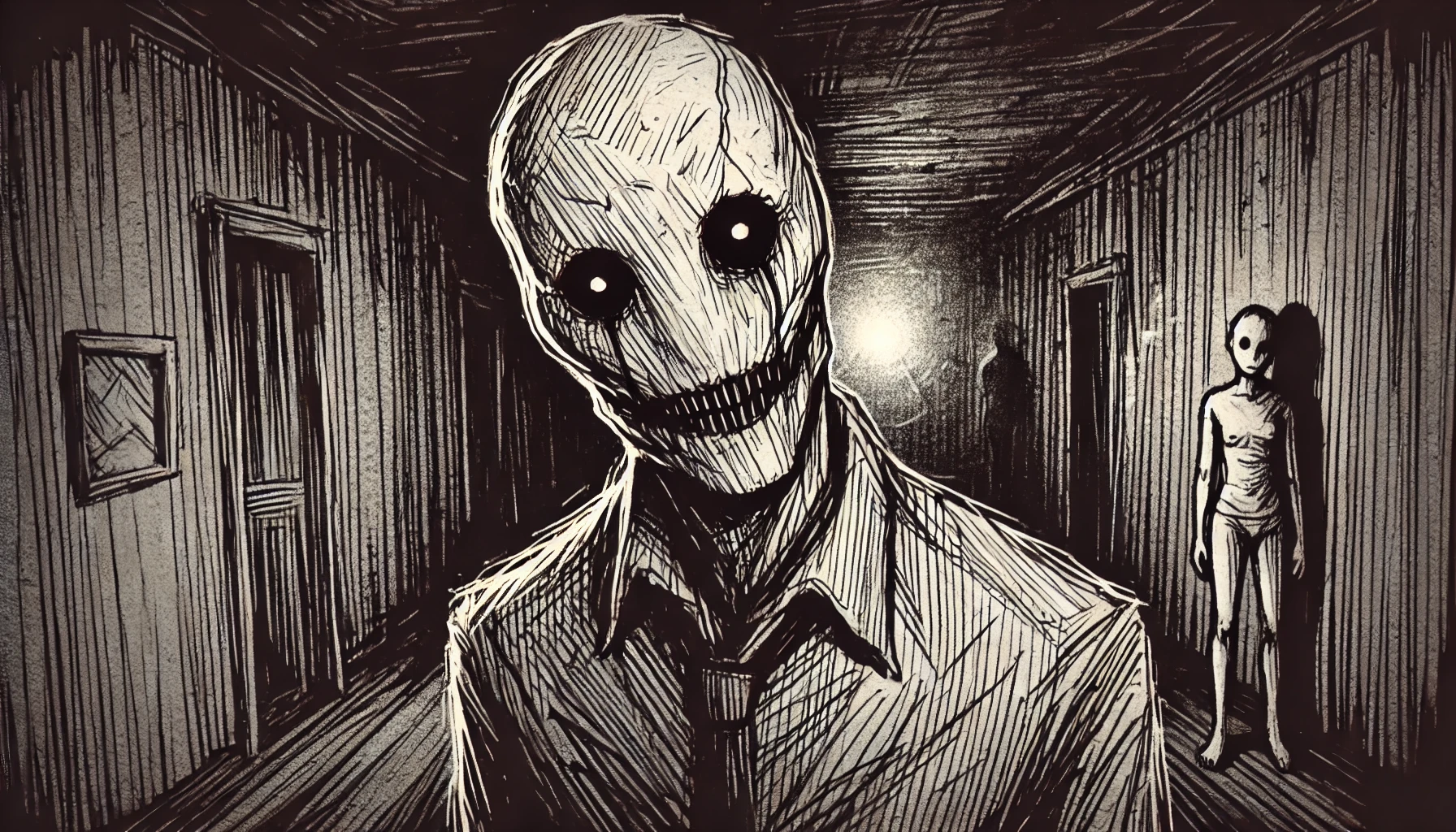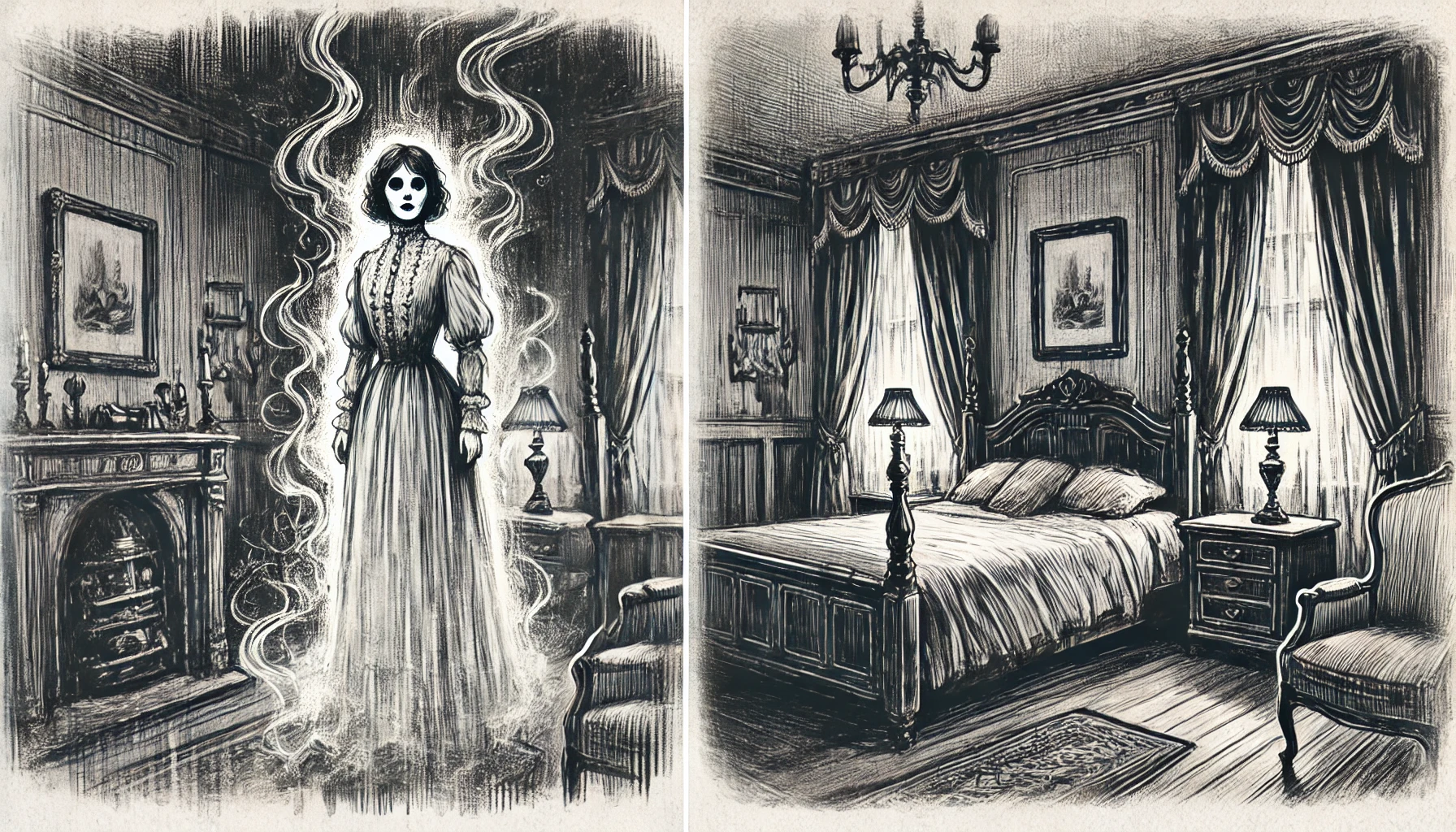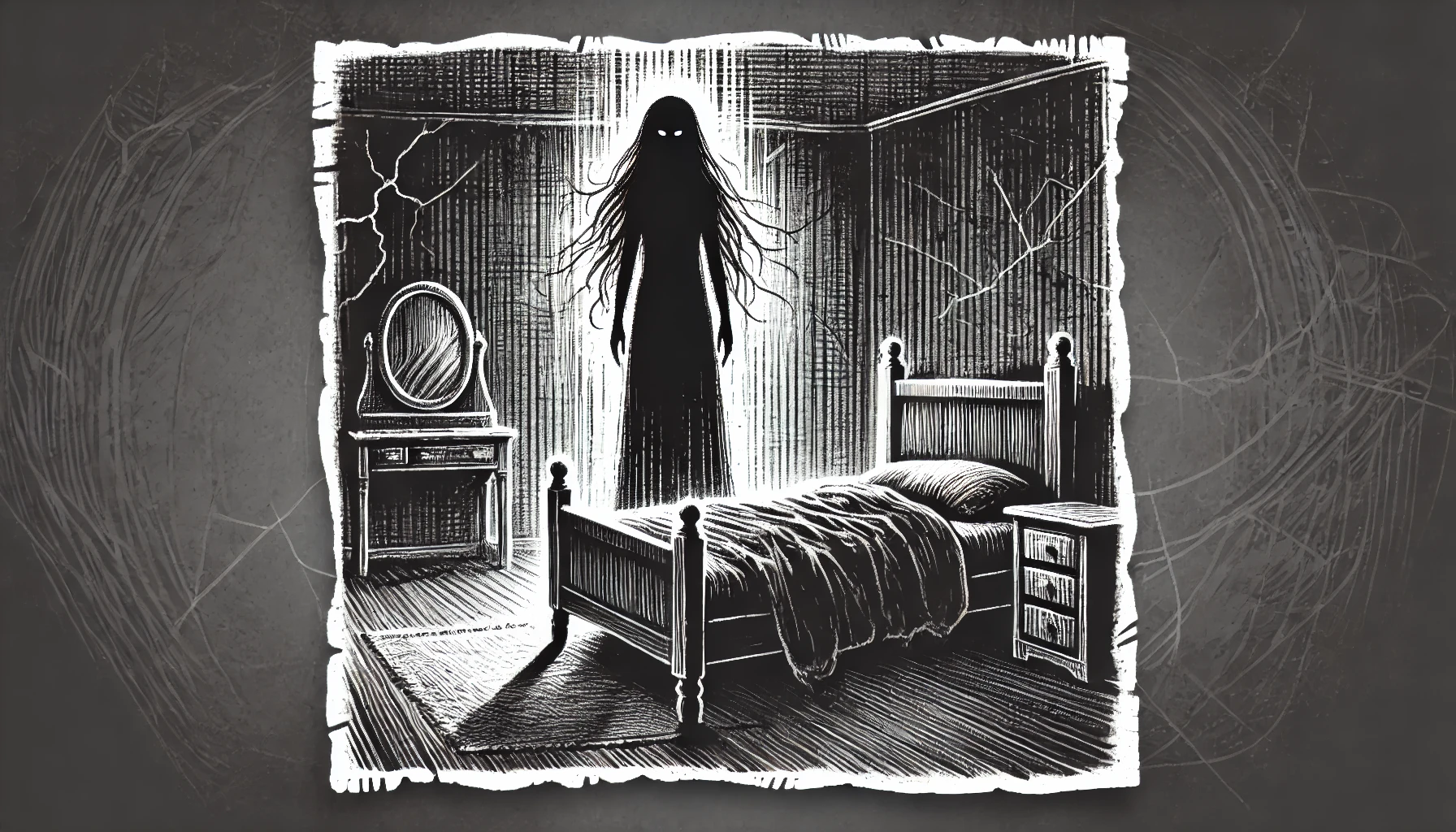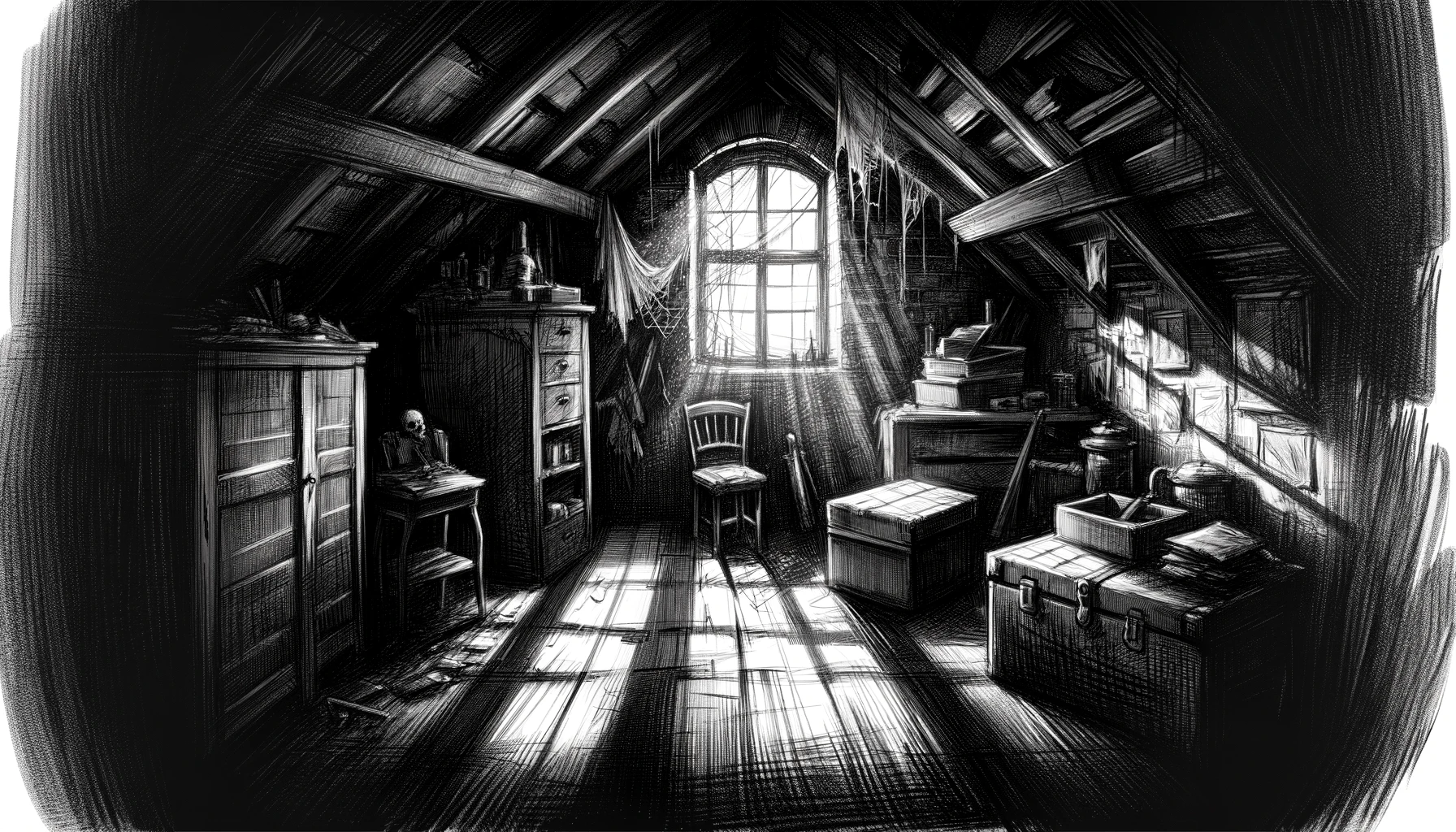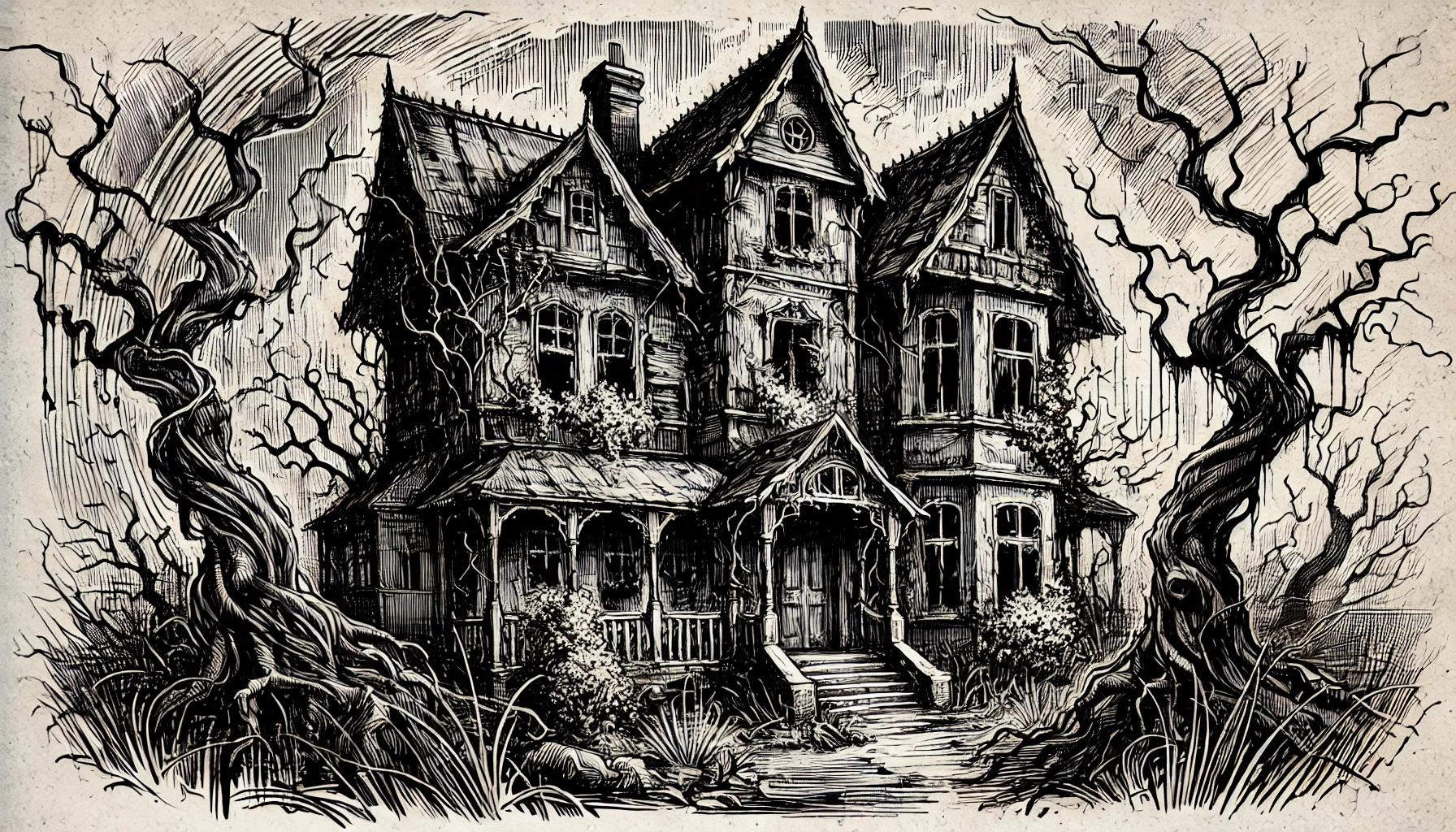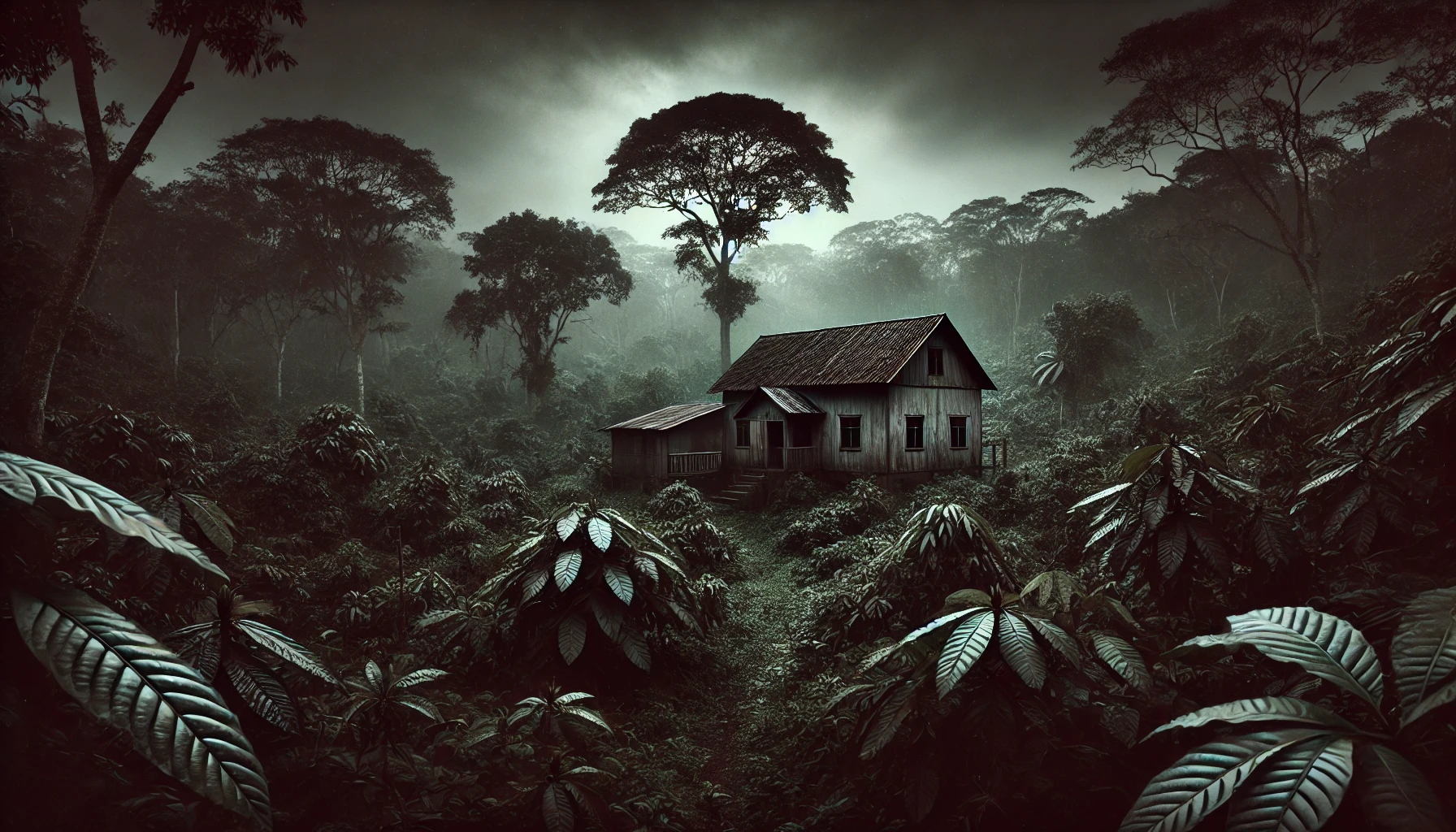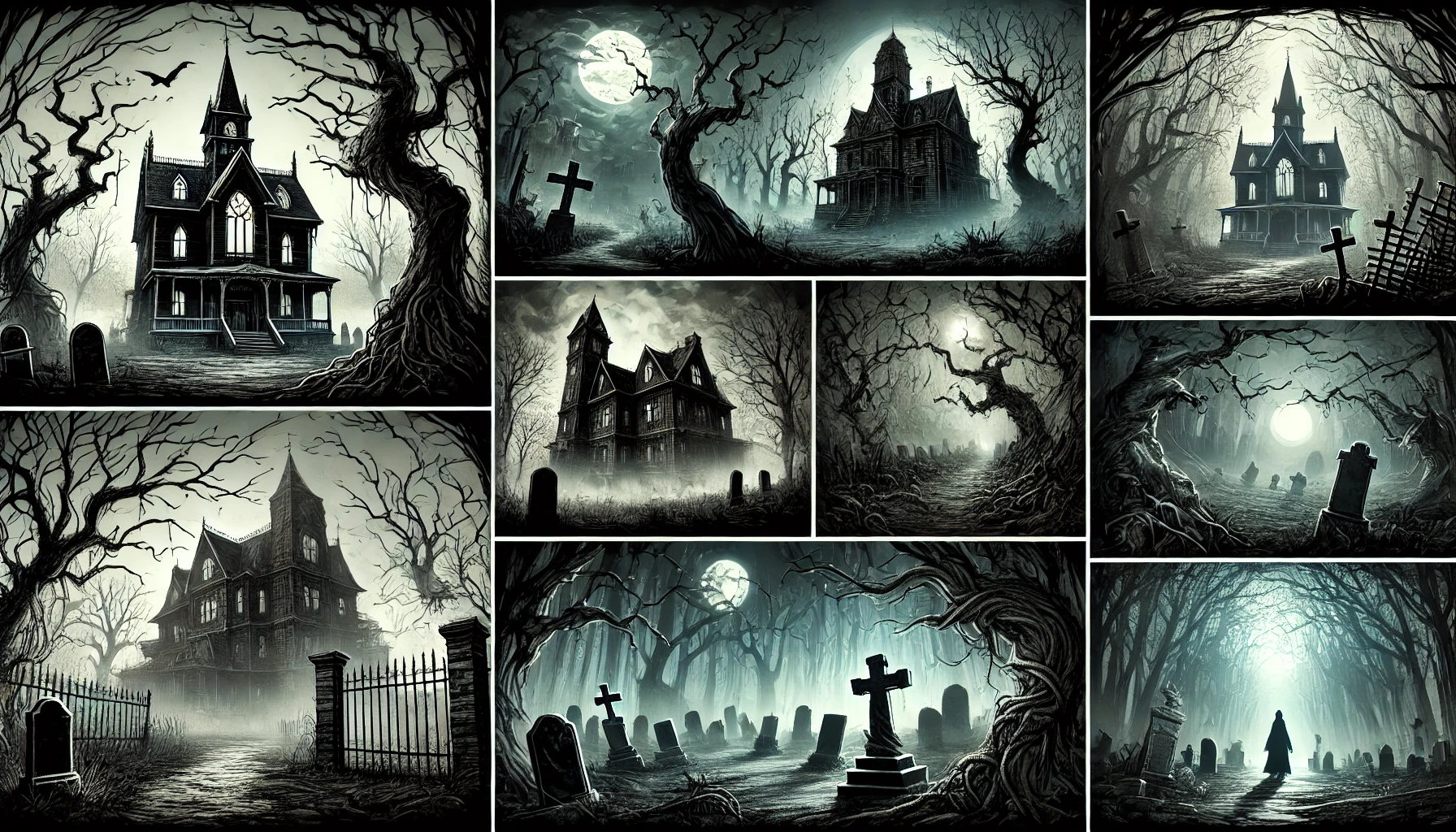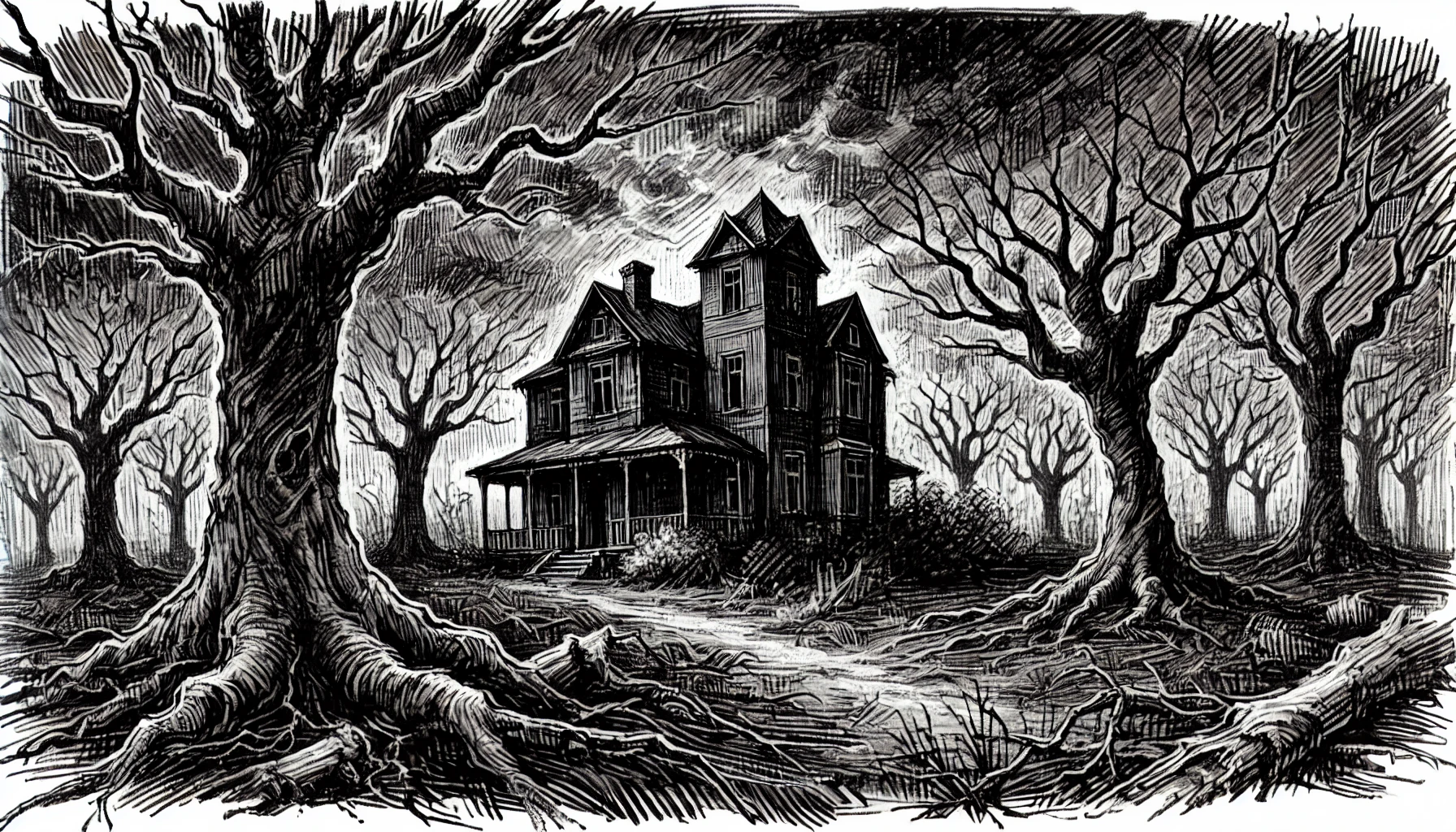Introduction to San Rafael’s Haunted History
San Rafael, a town located in the province of Bulacan, Philippines, is steeped in rich history that dates back to the Spanish colonial period. Established during the late 16th century, San Rafael quickly became a significant settlement characterized by its lush landscapes and strategic location, attracting settlers and traders. The influence of Spanish colonization is evident in the town’s architecture, cultural practices, and the very fabric of its community. However, alongside its historical significance, San Rafael is also known for its persistent ghost stories and legends that echo the haunted experiences of its past.
Throughout the years, tales of unexplained phenomena and ghostly encounters have emerged, deeply rooted in the emotional and physical scars left by various events in Philippine history. From conflicts and wars to tragic accidents, the supernatural manifestations and hauntings often reflect the turbulent history that San Rafael has experienced. The concept of Spanish-era horror transcends mere folklore; it captures the essence of how historical events intertwine with the local belief systems, creating a tapestry of stories that continue to be passed down through generations. These San Rafael ghost stories invite readers to delve deeper into the mysteries that lie within the town.
As we embark on our exploration of San Rafael’s haunted history, the podcast titled Stories Philippines serves as an intriguing gateway. By examining the chilling tales presented in this podcast, one can uncover not only ghostly apparitions but also the intricate layers of love and loss, conflict and resolution, that shape the cultural identity of this Philippine town. With the understanding that every ghost story is a fragment of its history, we are poised to unravel the mysteries that have come to define San Rafael, where the past lives on amid the present.
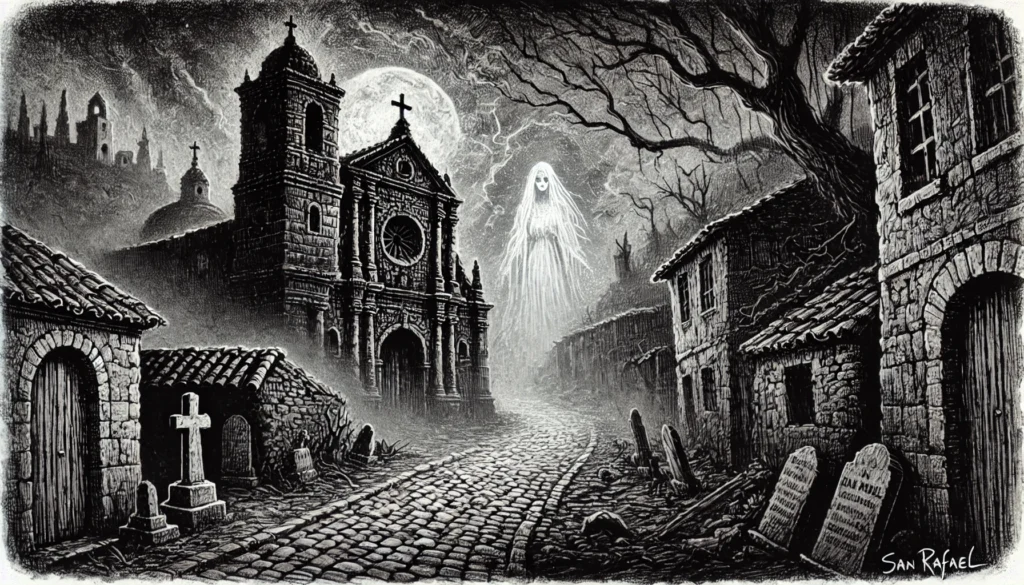
The Spanish Era: Context and Cultural Significance
The Spanish colonial period in the Philippines, lasting from the late 16th century to 1898, marked a significant transformation in the societal structure and cultural identity of regions such as San Rafael. This era brought with it the establishment of new governance, the introduction of Catholicism, and a blend of indigenous customs with Spanish traditions. As one traverses the streets of San Rafael today, remnants of Spanish-era architecture and artifacts serve as a testament to the town’s storied past, forming a rich background against which many of the san rafael ghost stories emerge.
During the Spanish rule, communities were organized around a priest, whose influence was substantial in daily life and societal norms. This hierarchical system often resulted in a stratification within the community, as Spanish settlers, mestizos, and indigenous people each held differing levels of power and privilege. Notable figures of this time, such as local religious leaders and Spanish officials, played crucial roles in shaping the legal and cultural landscape, leaving behind echoes of their lives that may contribute to the town’s haunting narrative.
Life in San Rafael during this period was deeply intertwined with the Catholic faith, as community events and personal rites were typically marked by religious observances. The interplay between spirituality and everyday life cultivated a culture steeped in tradition, superstition, and, at times, fear. Such themes resonate within many stories of the Philippine history mysteries, especially when considering that tragic events and local conflicts often resulted in untimely deaths. These incidents have, over time, been woven into the fabric of ghostly tales that haunt the minds of locals and visitors alike, bridging the gap between the past and present. As discussed in the stories Philippines podcast, these narratives continue to fascinate, serving as a reminder of historical injustices and the lingering spirits of those who once roamed San Rafael’s streets.
The Legends of San Rafael: Iconic Ghost Stories
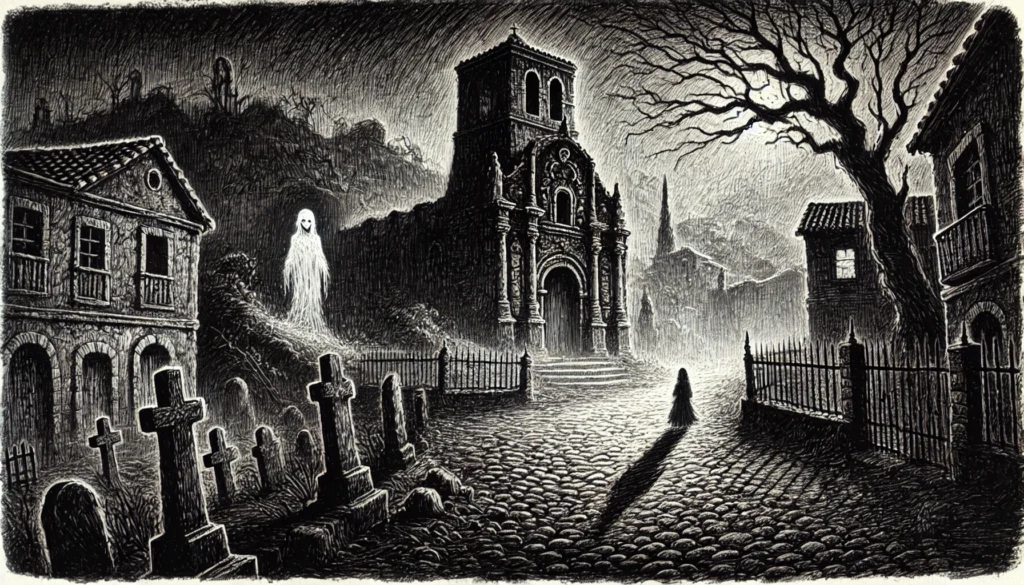
San Rafael, a town steeped in rich history, is not only known for its vibrant culture but also for its chilling ghost stories. Central to its folklore are the numerous tales of ghostly apparitions and unexplained phenomena that have permeated the community’s narrative for generations. These stories are often linked to the Spanish-era settlements and the tumultuous events that shaped the region’s past, making them a compelling aspect of Philippine history mysteries.
One of the most notorious legends in San Rafael is that of “La Llorona,” a mournful spirit said to roam the banks of the river, lamenting the loss of her children. This tale, while pervasive throughout the Philippines, has local variations that emphasize the area’s unique cultural heritage. Witnesses have reported hearing her cries echoing through the night, often leading the brave—or the foolish—who seek to confront their fears to mysterious encounters with the supernatural.
Moreover, the old stone church in San Rafael is reputed to be haunted by the spirits of those who once gathered there during Spanish colonial times. Residents and visitors alike have recounted experiences of feeling a sudden chill, hearing whispered prayers, and witnessing strange flickering lights within its walls. Such experiences are often attributed to the profound emotional connections many individuals have with the site, as it serves as a reminder of both faith and hardship during a tumultuous era.
These san rafael ghost stories play a significant role in shaping the town’s identity and community spirit. They serve as a bridge between the past and present, embedding cultural values and historical narratives into the fabric of local life. As these stories continue to be retold, they foster a deeper appreciation for the town’s heritage, making them an integral aspect of San Rafael’s cultural landscape.
Historical Sites with Haunting Tales
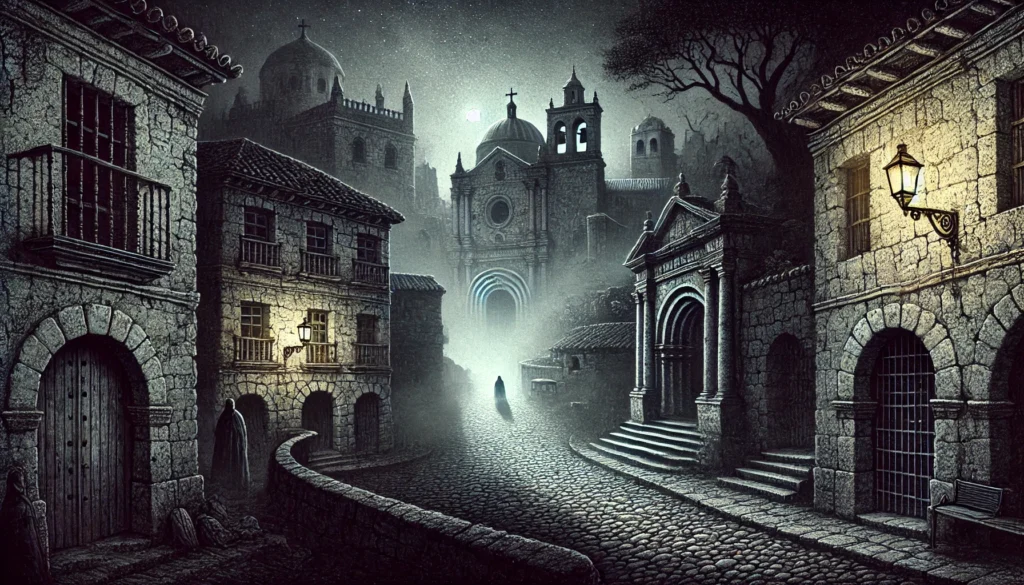
San Rafael, a town steeped in history, is home to several sites reputed for their enigmatic hauntings and intriguing tales. These locations not only reflect the rich narrative of Philippine history but also serve as a reminder of the lingering spirits of the Spanish-era horror that have captivated locals and visitors alike. One prominent site is the San Rafael Church, founded in the early 1800s. With its Baroque architectural design, the church is renowned not just for its beauty but also for the ghostly apparitions reported by worshippers. Many claim to have encountered a spectral priest during late-night vigils, a phenomenon that has sparked numerous stories and discussions, particularly on local stories Philippines podcasts.
Another significant site is the Old San Rafael Cemetery. Established in the 19th century, the cemetery is a resting place for many notable figures in the town’s history. Witnesses have recounted eerie experiences, including mysterious sounds and flickering lights, often attributed to the spirits of those interred there. The connection between the graveyard and local ghost stories elevates the cultural significance of this site, contributing to the ongoing fascination with Philippine history mysteries. Visitors often take guided tours aimed at revealing not only the history behind the cemetery but also its haunted reputation, offering a glimpse into the folklore intertwined with San Rafael’s past.
Lastly, the remnants of the Spanish colonial government buildings present a wealth of stories rooted in the complexities of the Philippine struggle for independence. These abandoned structures are said to echo the cries of those who suffered during the colonial period. Reports from those who dare to explore these sites in the twilight hours often include feelings of unease and the sensation of being watched. Such experiences further solidify San Rafael as a region where history and the supernatural coexist, enriching the tapestry of San Rafael ghost stories that continue to provoke intrigue and wonder.
Local Eyewitness Accounts: Stories from the Community
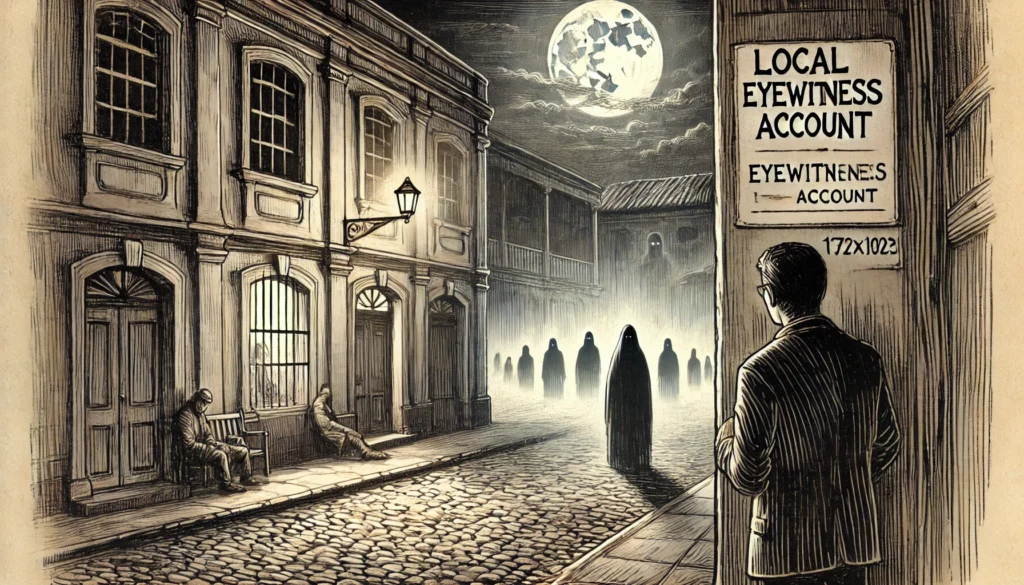
San Rafael, a town steeped in rich Philippine history, is not only known for its historical landmarks and cultural heritage but also for its intriguing ghost stories that have shaped the local community’s folklore. Many residents have recounted their eerie encounters, providing a glimpse into the supernatural aspects of life in the town. These firsthand experiences offer essential insights into the unique narratives that influence both community identity and local belief systems.
One resident, Maria Santos, shared that as a child, she often heard tales of a wandering spirit known as “La Llorona”—a figure steeped in Spanish-era horror. Maria’s grandparents described encounters with the weeping woman who roamed the riversides during the night, searching for lost children. Such stories, passed down through generations, have not only delighted but also instilled a sense of caution and reverence for the unknown among locals.
Visitors have also documented their experiences through platforms like the “Stories Philippines Podcast.” This initiative captures spine-chilling accounts of strange occurrences, such as inexplicable noises emanating from the ruins of old Spanish churches. One podcast episode highlights the unsettling story of two tourists who reported seeing shadowy figures moving near a historical site, a phenomenon that has become a central part of the local ghost stories narrative.
These local narratives transcend mere entertainment; they help forge a sense of belonging among community members as they share their fears, beliefs, and awe regarding the unknown. The connection between these stories and the broader theme of Philippine history mysteries is evident, as the supernatural entwines with real-life experiences, deepening residents’ ties to their culture. In such a culturally rich landscape, the san rafael ghost stories continue to evolve, ensuring that the town’s haunting past remains an integral part of its cultural fabric.
Investigating the Paranormal: Methods and Findings
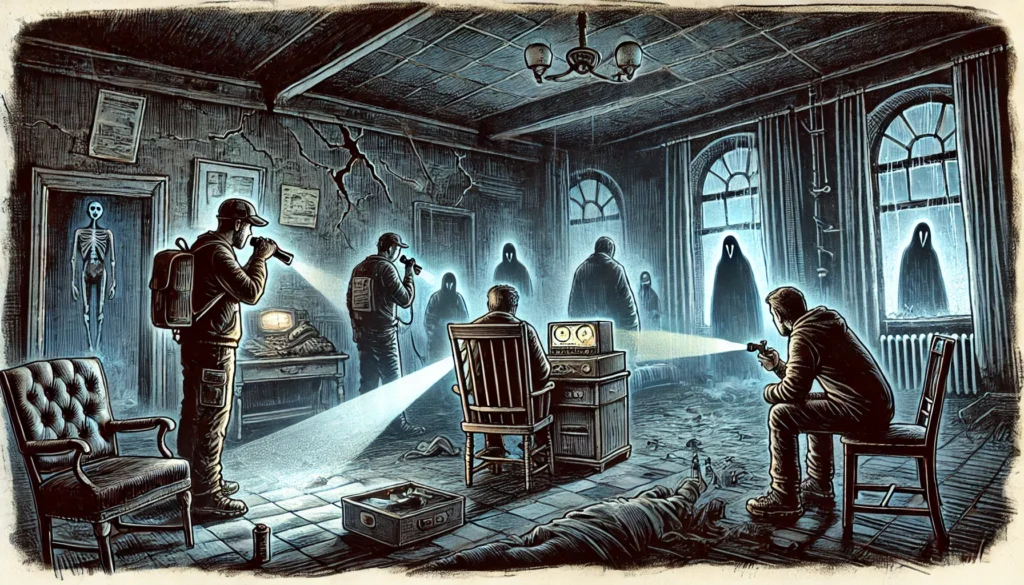
The field of paranormal investigation has evolved over the years, adopting a range of scientific and anecdotal methods to probe the lingering mysteries of locations such as San Rafael. This Spanish-era town, rich in history, is home to numerous ghost stories that have captured the imagination of locals and visitors alike. To ascertain the veracity of these san rafael ghost stories, investigators often rely on modern technology and traditional techniques.
One common method involves the use of electromagnetic field (EMF) meters, which detect fluctuations in electromagnetic energy. Ghost hunters assert that spirits can manipulate these fields, leading to measurable spikes. Additionally, digital voice recorders are employed to capture Electronic Voice Phenomena (EVPs), which are believed to be communications from the spirit world. Photographic evidence is also crucial, with investigators using infrared cameras to document unusual occurrences in low visibility conditions, a strategy that has been particularly popular in uncovering aspects of philippine history mysteries.
Notable investigations in San Rafael have yielded intriguing findings. For instance, a group of investigators ventured into the town’s historical sites, armed with their equipment, and reported various anomalous readings during their explorations. Some claimed to have recorded EVPs that seemed to respond to their questions about local legends, offering a compelling angle to the philippine history mysteries narrative.
Furthermore, the stories philippines podcast often features interviews with investigators and testimonials from those who claim to have encountered supernatural phenomena in San Rafael. These discussions lend credence to the ongoing quest for understanding the essence of these ghost stories, often intertwining with the town’s rich and complex heritage. While skepticism remains, the investigation continues, driven by a desire to uncover the truth behind the town’s eerie past.
The Impact of Ghost Stories on Tourism and Local Culture
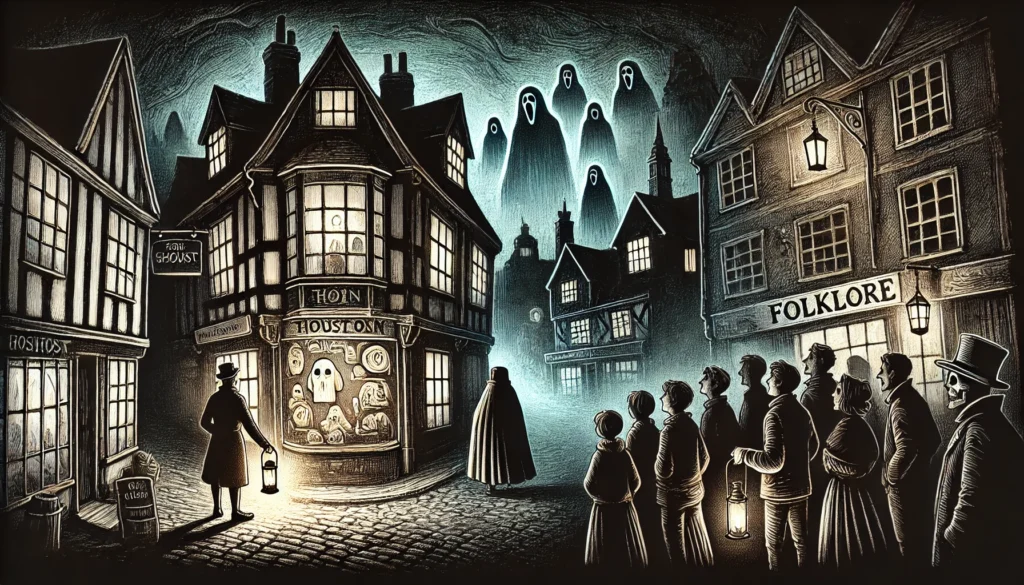
San Rafael’s ghost stories play a significant role in shaping the town’s tourism landscape and fostering a rich local culture. These captivating tales not only serve as a crucial element of the community’s narrative but also attract visitors intrigued by the mystique of Spanish-era horror. The allure of hearing about these eerie narratives often leads tourists to seek out experiences that immerse them in the town’s haunted history. By highlighting the town’s chilling anecdotes tied to its past, local businesses and tour operators can capitalize on this interest, maximizing their offerings to create a unique tourism experience.
Moreover, the town’s ghost stories encourage the organization of events and festivals that celebrate its haunted heritage. These gatherings not only heighten public interest in the chilling tales but also serve as a platform for the community to engage with its history. Local residents often participate by sharing their own accounts and interpretations, contributing to the preservation of traditions within the framework of Philippine history mysteries. Such efforts solidify community identity, fostering a sense of pride among locals as they promote their town’s distinctive character.
Ghost stories also have implications for the town’s development. As tourism flourishes through ghost tours and themed events, San Rafael hears an influx of visitors, which can lead to increased economic activity. Restaurants, hotels, and local shops benefit from the attention garnered by the stories, leading to a more vibrant local economy. The integration of the supernatural into everyday culture not only enriches the community’s spirit but also ensures that the tales from the past continue to resonate with future generations. In conclusion, the ghost stories of San Rafael are pivotal in nurturing local culture while simultaneously drawing tourists eager to explore the mysteries of the past.
Cultural Reflections: Ghost Stories in Literature and Art
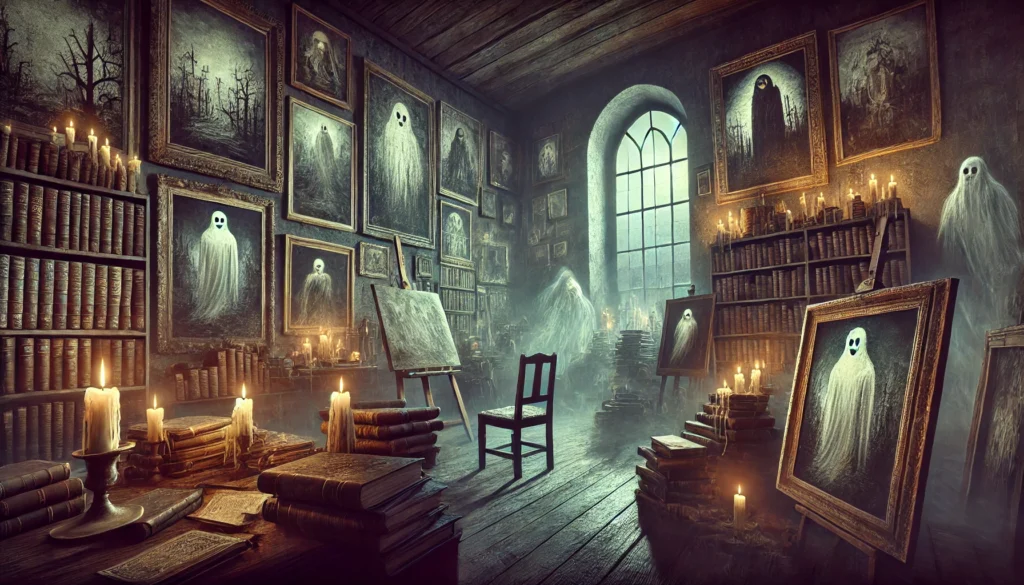
The rich tapestry of Philippine history is interwoven with a multitude of ghost stories, particularly those stemming from the Spanish-era towns such as San Rafael. These narratives give voice to the past, serving as both a creative outlet and a cultural reflection of the society that birthed them. Art and literature have long been mediums through which San Rafael ghost stories are preserved and reimagined, resonating with contemporary audiences while paying homage to their historical roots.
Within literary works, San Rafael ghost stories manifest as haunting narratives that explore themes of loss, vengeance, and the supernatural. Writers have adeptly utilized these tales to illuminate the struggles faced during the colonial period, often drawing upon the rich folklore and spiritual beliefs that are deeply embedded in Filipino culture. The ghost stories not only entertain but also function as a means of critiquing societal norms and evoking a sense of empathy for those marginalized by history.
Art, too, serves as a vital channel for expressing the eerie allure of Spanish-era horror. Visual artists have captured the haunting essence of these tales, often depicting spectral figures in landscapes that provoke a sense of mystery and intrigue. The art inspired by San Rafael ghost stories often combines traditional techniques with contemporary aesthetics, resulting in pieces that invite viewers to engage with the narratives on an emotional level. This interplay of history and creativity highlights the ongoing importance of these ghostly tales in shaping the town’s cultural identity.
Furthermore, modern media, including the growing popularity of stories Philippines podcast series, helps to bring these ghost stories to a wider audience. By exploring the philippine history mysteries surrounding these tales, podcasters enhance the narrative experience, allowing listeners to immerse themselves in the chilling and captivating stories of San Rafael. This fusion of historical context and supernatural plotlines underscores the enduring fascination with these narratives, ensuring they remain a relevant topic for exploration in both artistic and academic realms.
The Lasting Legacy of San Rafael’s Ghost Stories
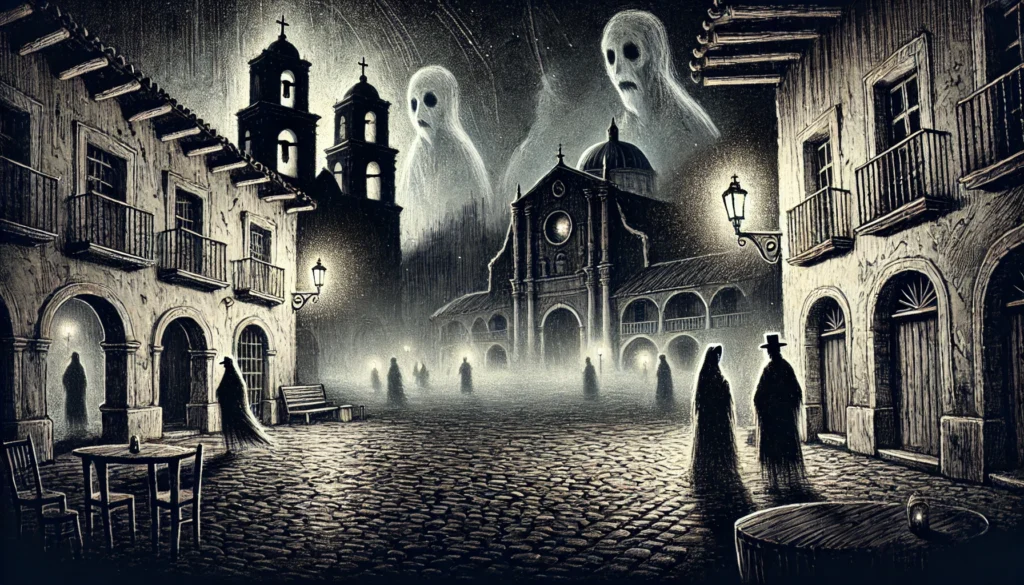
San Rafael’s ghost stories serve as a fascinating portal into the town’s rich history, intertwining the narratives of those who lived during the Spanish era with the supernatural elements of folklore and horror. These tales not only reflect the fears and struggles of the past but also demonstrate how culture and history resonate through the ages, shaping the identity of present-day San Rafael. The emphasis on Spanish-era horror underscores the significance of these stories, connecting them deeply to the Philippines’ broader historical tapestry.
The essence of these stories Philippines podcast segments lies in their ability to keep the memories of past generations alive. By recounting historical events and anchoring them in local folklore, these ghost stories provide a unique lens through which we can explore the complexities of Philippine history mysteries. They reveal the tensions, beliefs, and superstitions that characterized San Rafael during colonial times, offering a narrative that is both enlightening and cautionary.
As custodians of San Rafael’s heritage, it becomes essential to preserve these ghost stories for future generations. They not only entertain but also educate, ensuring that the rich cultural legacy of the town remains vibrant. Through careful storytelling and documentation, community members can continue to honor their ancestors by sharing these captivating tales. In doing so, they will foster a sense of belonging and identity, weaving the legends of the past into the fabric of modern life.
Ultimately, the san rafael ghost stories will continue to evolve, reminding all who hear them of the town’s profound history while shaping its character for years to come. The interplay of narrative and history ensures that, while the details may fade, their essence will forever be part of the collective memory of San Rafael.

